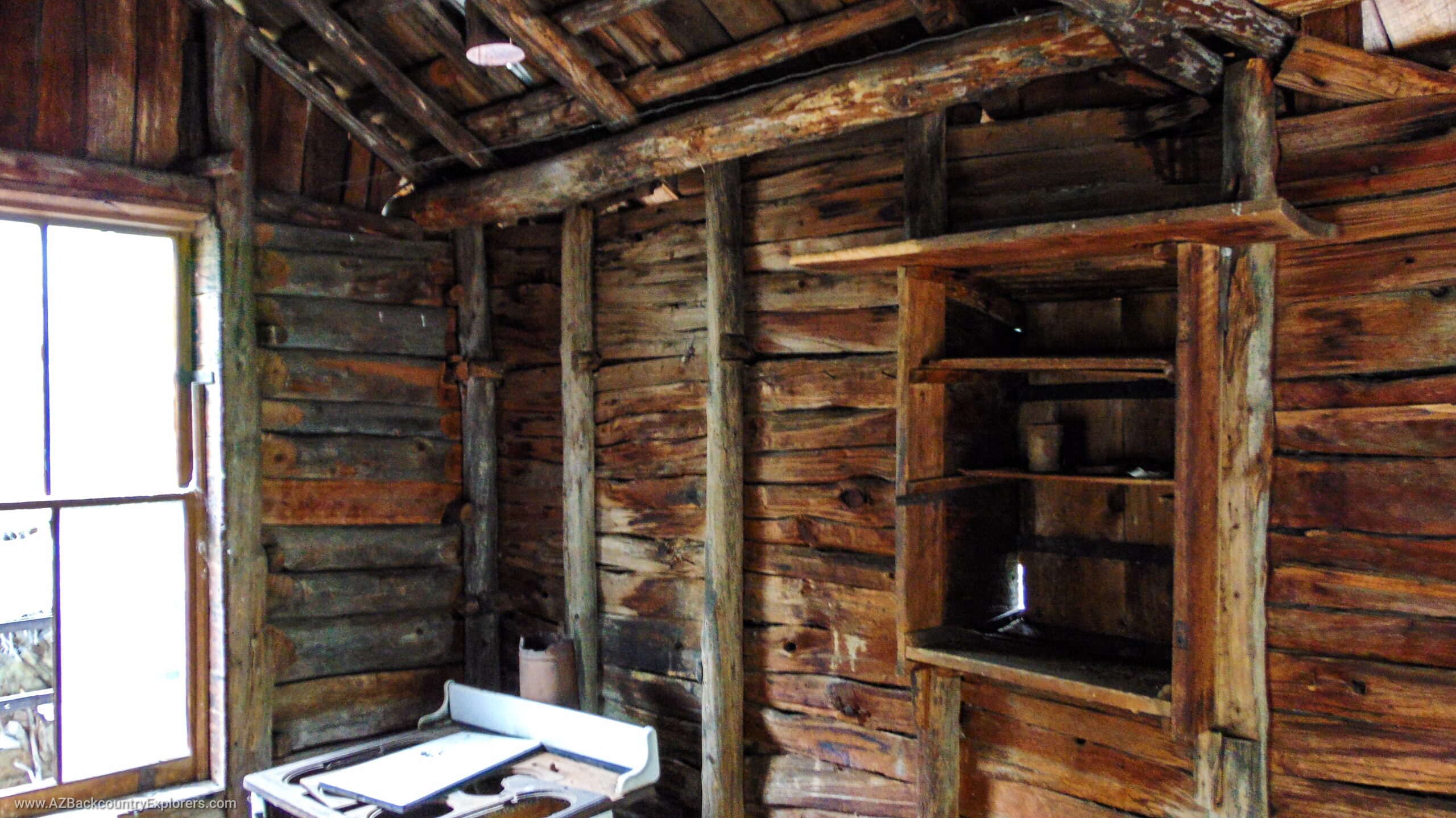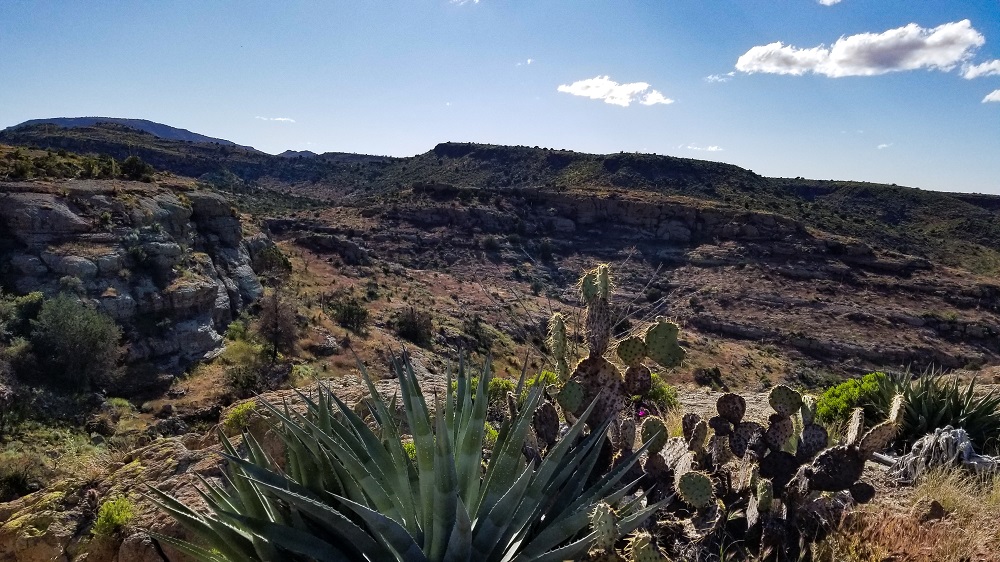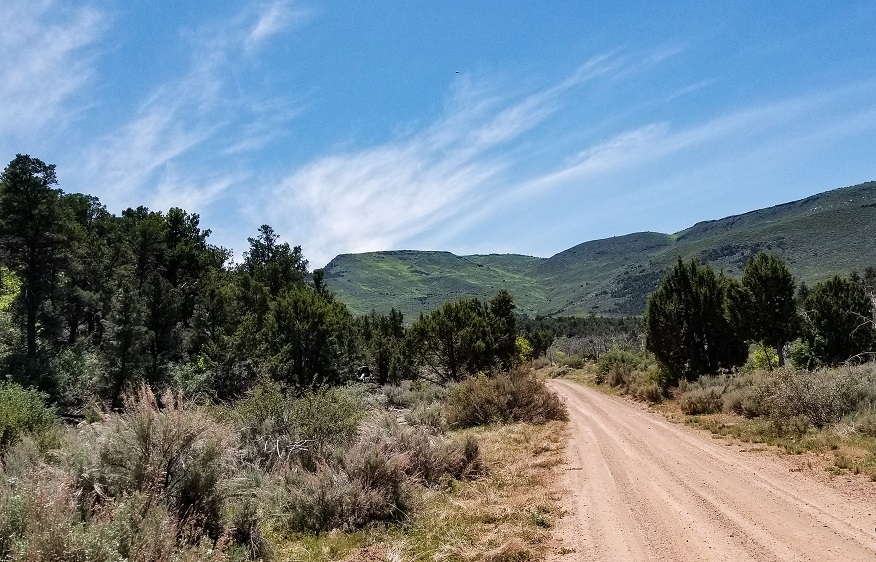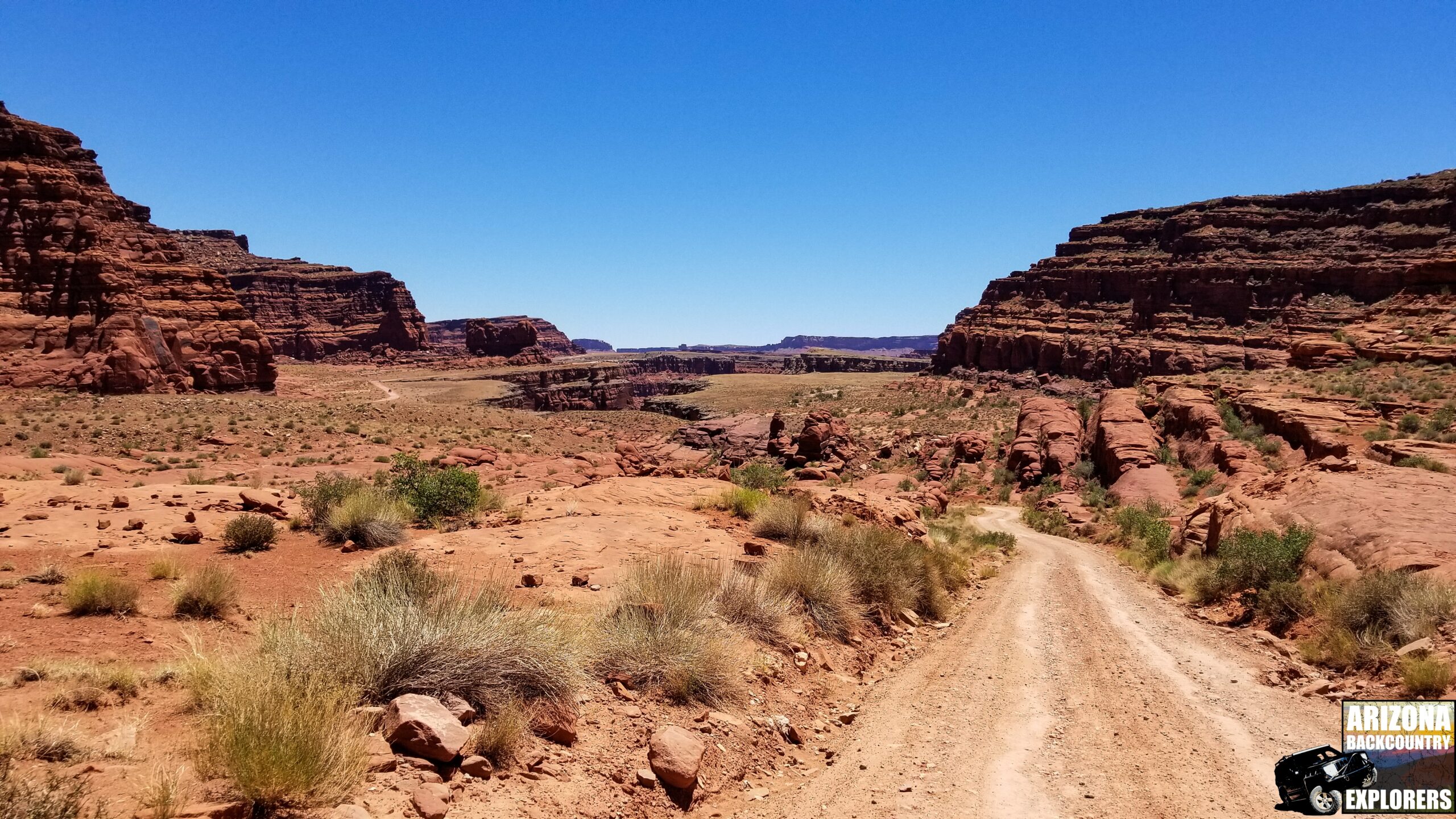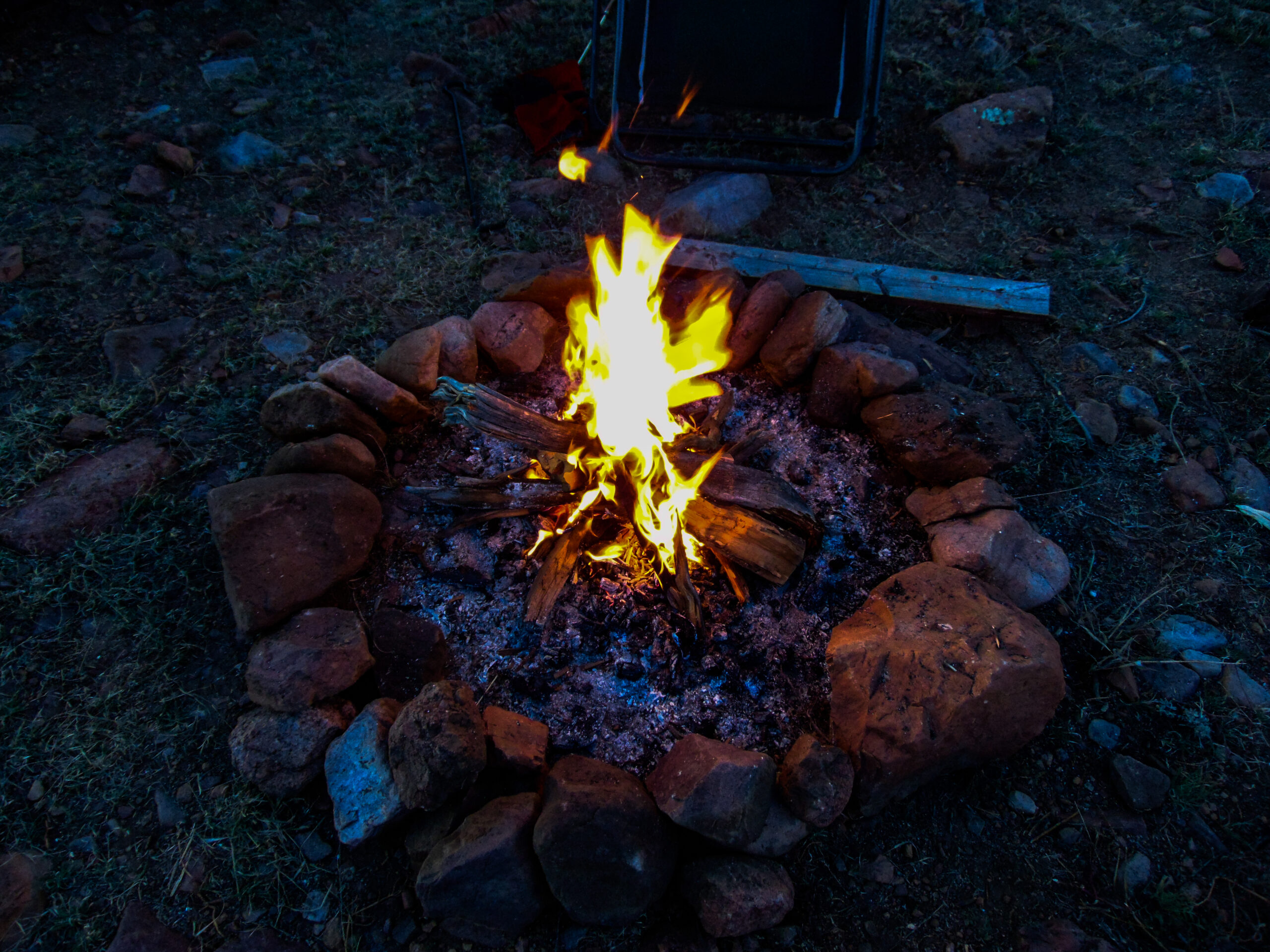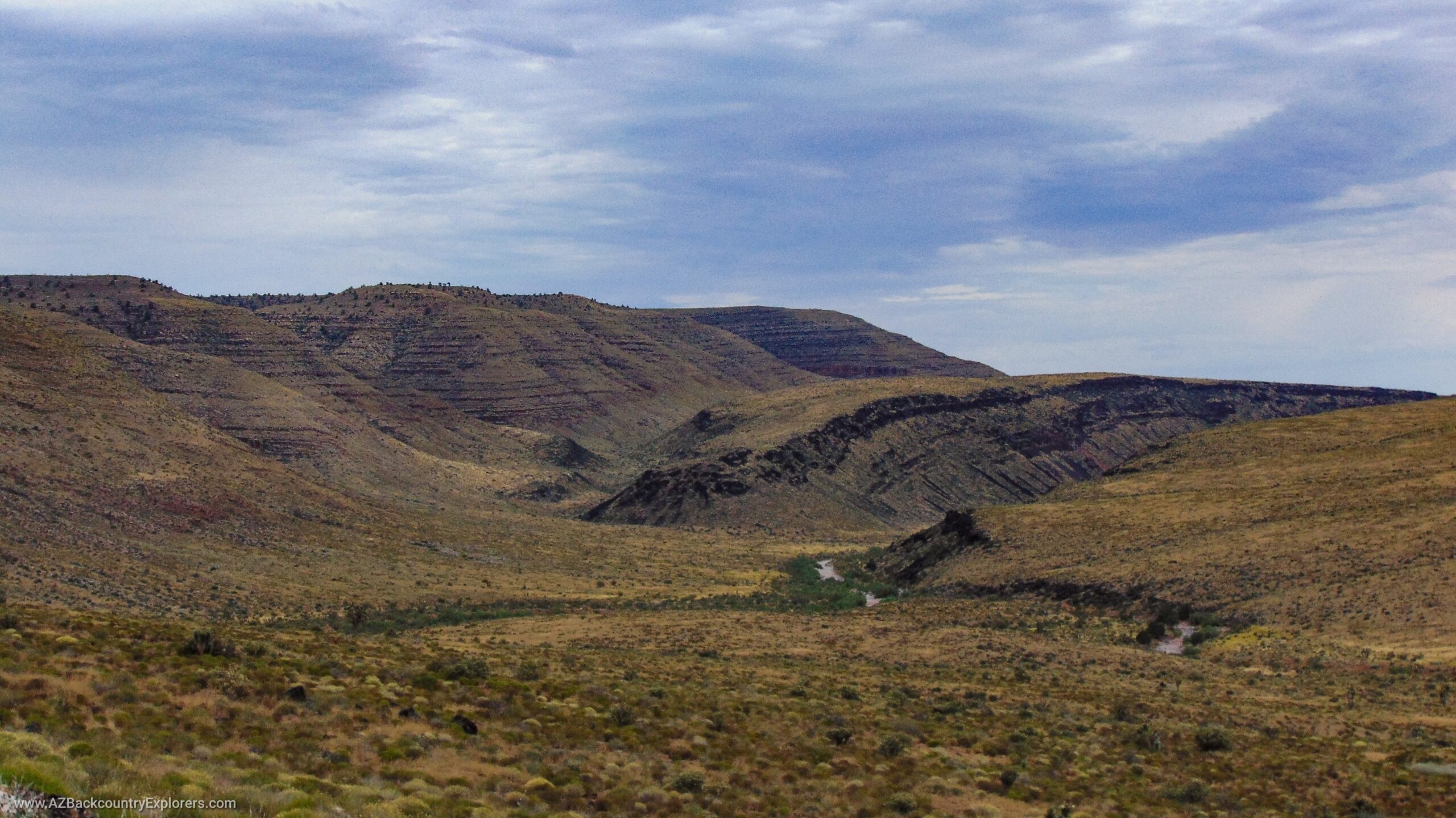Your cart is currently empty!
Posted in
The story of a lonely Arizona pioneer named Gold Tooth Pranty
Fred Pranty was a rancher, prospector, hunter, and an Arizona pioneer, whose story was lost throughout history. He lived a solitary life in the Sierra Ancha mountains and was known as the greatest mountain lion slayer in the territory. He was said to have graced everyone’s dinner table and was a cheerful, joyful man who never bothered anybody. He was described as a medium-built, fair-complexioned, finely educated man, and nobody could understand why he was out prospecting in the Arizona wilderness.

Early years
Fred was born on December 22, 1861, in Friendship, Indiana. His father tragically passed away, leaving his mother widowed with ten children. To start a new settlement, Mary sent her two oldest sons to purchase land in Peru, Nebraska. However, they returned empty-handed. The Prante family then faced difficult times for the next ten years.
At the young age of 17, Fred embarked on a remarkable journey. It was the year 1879 when Fred’s mother urged him to lead the family’s cattle to Peru, Nebraska, hoping to find a new home there. Excited yet with a sense of trepidation, Fred set off on this task. However, fate had a different plan in store for him. Along the way, Fred mysteriously disappeared, leaving his family to fear the worst.
For the next 12 years, Fred’s whereabouts remained unknown, and his absence weighed heavily on his loved ones. Little did they know, Fred’s path had taken an unexpected turn. In a surprising twist of fate, he emerged in the rugged Superstition Mountains of Arizona, becoming one of the early pioneers of the region. The story of Fred’s resilience and determination would soon become a legendary tale in Arizona’s history.
Arizona pioneer days
In 1890, Fred arrived in Arizona under the name Pranty. He purchased B. L. Tiffany’s half-interest in the Lewis and Tiffany ranch near Fish Creek. Lewis and Pranty Creeks were named in their honor. Later, Fred Pranty’s name shows up on many mining records around Gisela, Payson, and Tonto Basin. In 1892, his name was found in the Great Register at 30 years old and living in Globe, and again in 1900, living in Payson.
John W. Lewis was a cattleman and miner who lived in Cave Creek, Arizona. In 1906, John Lewis and his brother Bill established the 6L Ranch and also delved into the mining industry. He also served as the Sheriff of Cave Creek, Arizona, and discovered the massacre at Skeleton Cave.

“I am lying under the shade of a Mesquite at the edge of Flippin’s barley field, after a campfire dinner of Salt River fish and feeling quite comfortable and happy in spite of the heat. Mr. Flippin has just informed me that his thermometer on the shady side of the house stands at 120 degrees. I have always found it hotter here than in Phoenix, but today there are compensations. Among them, the negligee that one wear in camp; and the fact that a heavy black thundercloud is just now threatening to glide over from the Sierra Ancha and give us a drenching.”
“We have come this far, Mr. J A Stewart and self on a trip to the head of the Salt River, where we intend to revel in mountain trout, deer, turkey, Indians and everything else that cannot be had in the valley. We came on horseback with pack mule from Gold Field, over a fearful and wonderful trail that hugs the south side of the river along the Box Canyon. It is a wild and lonely region of gloomy mountains, with bare rocky slopes, dizzy precipices, and impassable gorges, and the descent of the trail into Fish Creek Canyon, down a succession of precipices and terraces for 1200 ft at an angle of about 15 degrees from the perpendicular, is an engineering feat that, were it better known, would place the names of Lewis and Pranty, its Constructors, high up on the proud pinnacle of fame.”
“Louis and Pranty are Cattleman, and at the ranch where the canyon is shaded by sycamores and a cold spring burst out of the black soil, we spent the night. Their dwelling would have been a splendid model of a hunter’s cabin for the World’s Fair, so filled is it with trophies of the chase. Skins of lion, wildcat, deer, coon, and fox cover the walls, antlers do duty on all sides for racks and over the fireplace are arranged half-a-dozen Fierce, grinning skulls of mountain lion. So numerous were the ladder varmint on their range, that they imported three fine hounds and became hunters perforce. This was two years ago, and since that time, they have hunted down and killed 34 lions.”
“But before I forget, I must tell you the story of an Indian killing that occurred in a large cave on the north side of Salt River Box Canyon, as it was told to me by Mr. Lewis, the discoverer of the cave.”
“4 years ago Louis was exploring along the bustling cliffs on the north side of Box Canyon, near Cedar Canyon, when climbing down the summit, he came to a little shelf we’re over 60 cartridge shells lay and scattered manner. Looking over the cliff from where he stood, he discovered that the point commanded a view into a cave some 80 feet beneath him, on the floor of which he could see a heap of bleaching bones. The pile of empty cartridge shells taken in connection with the heap of bones formed a coincidence to ominous and too suggestive to be discarded, so descending into the bottom of the canyon, he searched and found an entrance to the cavern. Here he was confronted by a startling sight. The floor of the cabin, which was nearly 100 ft in length, was literally covered with bones and fragments of bones and grinning skulls. He counted sixteen human skeletons entire, and from the other crumbling fragments, he estimated many more. Lying here and there among the ghastly remains are 12 or 15 butcher knives and many Indian baskets and broken earthenware.”
“Great was his desire to learn the time and cause of this wholesale Massacre. His curiosity was not satisfied until a year later, when he met Al Sieber, the old-time chief of Scouts, and describe the cave to him. Sieber told him that in 1872 he was scouting on Salt River Canyon with a band of Pima Indians who were employed as Government Scouts. He was camped on the river above the Box at the place now known as Coffins Ranch, when one afternoon the Pimas, who had been nosing around for Apaches, brought in the word that they had discovered a cave full of them. They were eager to be allowed to attack them, and accordingly, after dark, he led to the vicinity of the cave, and all ensconced themselves at points of vantage to await the dawn. Just before day, he gave the word, and the Pimas turn themselves loose, and the slaughter commenced.”
“From the bed of the Salt River, one cannot see into the cave, but by directing their shots at its flaring roof, the balls were deflected downward onto the helpless victims to the farthest end of the chamber.”
“That is all there is to tell. When they thought all were dead, they entered and finished the survivors. Sieber counted 59 bodies, of bucks, squaws, and papooses; but one of them escaped, for years afterward an Apache on the reservation told Sieber that he was in the cave at the time and had hidden himself under the heap of dead until the attacking party had departed. Mr. Sieber presented me with one of the butcher knives that he had found in that blood-stained cave, which I shall bring home as an addition to the CJ Dyers curio collection.”
PC Bicknell
Phoenix Weekly Herald – July 2nd, 1896
In 1898, Fred and his partner Davin Gowan discovered a coal deposit along Turkey Creek at a survey marker along the mineral belt railroad. One coal bed was 20 inches, and the other was 4 feet in diameter. The coal was described to be of first-class quality and burned very well.
In 1899, Fred discovered a copper and gold deposit along Gun Creek in the Sierra Ancha range. The claims were bonded to Winslow investors, and four teams of men and supplies were sent to do development work. Work quickly began to extract the valuable minerals from the Earth. Throughout time, four adits and two vertical shafts were dug, and an unknown amount of ore was processed. During this time, a cabin was built, and Fred called Gun Creek home.











In 1900, Fred was in charge of the Bonacker Pack Train and made frequent trips from the Mogollon Rim to Globe. E. C. Bonacker was a merchant and postmaster of Payson and a close friend of Fred Pranty. Bonacker supplied freight services to two apple orchards below the rim. Fred was in charge of hauling freshly picked mountain apples over 100 miles through the most unforgiving terrain.
Fred Pranty lived in Gun Creek for twenty-five years and continued prospecting there. He would often go on prospecting trips through the Sierra Ancha range and wouldn’t return for weeks. He would travel towards Payson in search of supplies, to trade fur, and speak of his rich discoveries. Fred frequently served as a juror in Gila County and contributed to the conviction of many criminals.
Fred’s last days in Gun Creek
On the second day of December in 1924, just a few weeks before his birthday, Fred dropped all but two of his burros off at the Wilbanks Ranch, just a few miles east from his cabin. He told the Wilbanks family during dinner that he was going to “fatten them up” while he was on a 10-day prospecting trip in the Sierra Ancha mountains. This was the last time anyone ever saw Fred Pranty.
Eventually, his absence was noticed when his two burros wandered onto the Ogilvie Ranch near Tonto Natural Bridge. One burro was carrying Pranty’s chuck box and bedroll, while the other was carrying his saddle. A local rancher formed a posse of cowmen, and an investigation of his cabin revealed a locked door, a coffee pot on a charred fire, his watch on the table, and his rifle on the wall, but no clue of his whereabouts.
Upon reporting their suspicions to the justice of the peace in Payson, they were ordered to retrieve Fred’s belongings for safekeeping. When they returned, his cabin had been looted. His disappearance became the talk of the rim country, and the search for his body continued for years. Some speculated he struck it rich and was murdered.



Eventually, Fred’s mining claim in Gun Creek expired and was up for grabs. Dudge and Albert Greer started shipping ore from the mine. While prospecting, they would hunt for food. One afternoon, while staring over a bluff, Dudge Greer spotted Fred’s skull from above. His remains were found, showing the devastation of time, weather, and the varmints he hunted. A bullet hole in the skull and a broken leg bone suggested he took his own life to ease the agony of pain. Fred Pranty died at the age of 62 years old.

“There was bones and equipment scattered all over, probably scattered by rains and animals. There were shovels and picks, a canteen, pack saddle. It was initialed F.P.”
– Dudge Greer
His revolver and miner’s pick were found nearby and were used to identify him. Fred’s signature marking, three dots identifying his tool, was evident. Carrel Wilbanks was called to serve on the coroner’s jury and agreed. He presented a hammer that Fred had given him years earlier with the same three dots. Carroll Wilbanks also confirmed that the revolver found indeed belonged to Fred Pranty.
“The pick had three dots on it made with a centerpunch, just like the hammer, and I identified his gun. Course I didn’t have a serial number, but it was a .380 automatic like he owned. We decided it was Fred Pranty all right and that he must have shot himself.”
– Carrel Wilbanks
His bones were loaded in a burlap gunny sack and taken to the justice of the peace in Payson. There, they sat in a jail cell for 14 years. Fred wasn’t put to rest until May 27, 1938, when Hal Greer was elected Justice of The Peace. Hal Greer cleaned house at the old jail. After discovering Pranty’s remains for a second time, Hal Greer ordered his remains to be buried in the Payson Pioneer Cemetery. His remains were put in a coal can and buried just inside the gate near a large oak tree.
“Well, sir, they took them bones up to the jailhouse in a gunny sack, threw em on the shelf, and forgot about em. It wasn’t until sometime after Hall Greer got elected justice of the peace that he got to nosing around and found they had an unauthorized inmate in the jail and took the bones down to the old Payson cemetery and buried em”
– Carrel Wilbanks

– Hal Greer
“Aside from the fact that it was plain sacrilegious, it made me mad to think old man Pranty had to spend years in jail after he died.”
Notations
Even though Fred’s mother, Mary, was let down again, she eventually made it to Peru, Nebraska. She died on May 1, 1911, and is buried in Mount Vernon Cemetery.
It’s unclear why Fred decided to leave his family. Regardless, 40 years later, his niece wanted to know what exactly happened to Uncle Fred. Louis Prante Stevens, the niece of Fred Pranty, started her research in 1976 after her cousin found a topographical map listing Lewis and Pranty Creek. She eventually came to Arizona and met with Carrel Wilbanks, the only person still alive who knew Fred.
She published her story in True West Magazine in March of 1978 titled “Mystery of Pranty Wash” In that story, she writes,
“We think he should be remembered and perhaps even celebrated, not only because he was one of our early western pioneers, but because he is likely the only man in history to spend upwards of ten years in jail for committing suicide. He must have been a model prisoner, certainly made no complaints, gave them not one whit of trouble, or even put them to any expense, yet they never gave him one day off for good behavior!”
It’s unclear if Lewis and Pranty were the constructors of the original descent into Fish Creek. The article describes a trail that hugs the salt river near Skeleton Cave. I speculate the story mentioned above describes present-day county road 80 that heads to the dam at Apache Lake.
Research continues on the Pranty family and Fred’s mark on Arizona history.
I would like to give a special thanks to all who helped me complete my research on this subject.
- Gregory E. Davis
- Superstition Historical Society
- Gila County Historical Society
- Payson Pioneer Cemetery
- Sharlet Hall Museum
- Arizona Memory Project
- and the fantastic folks at www.treasurenet.com
A prolongation of work from:
- Louis Prante Stevens
- Stan Brown
- Beth Counseller
- Don Dedera
Tags:
You may also like…

Visit the AZBackroads.com Store

Please Become A Member
We need your help to keep our backroads open. Please join today!
